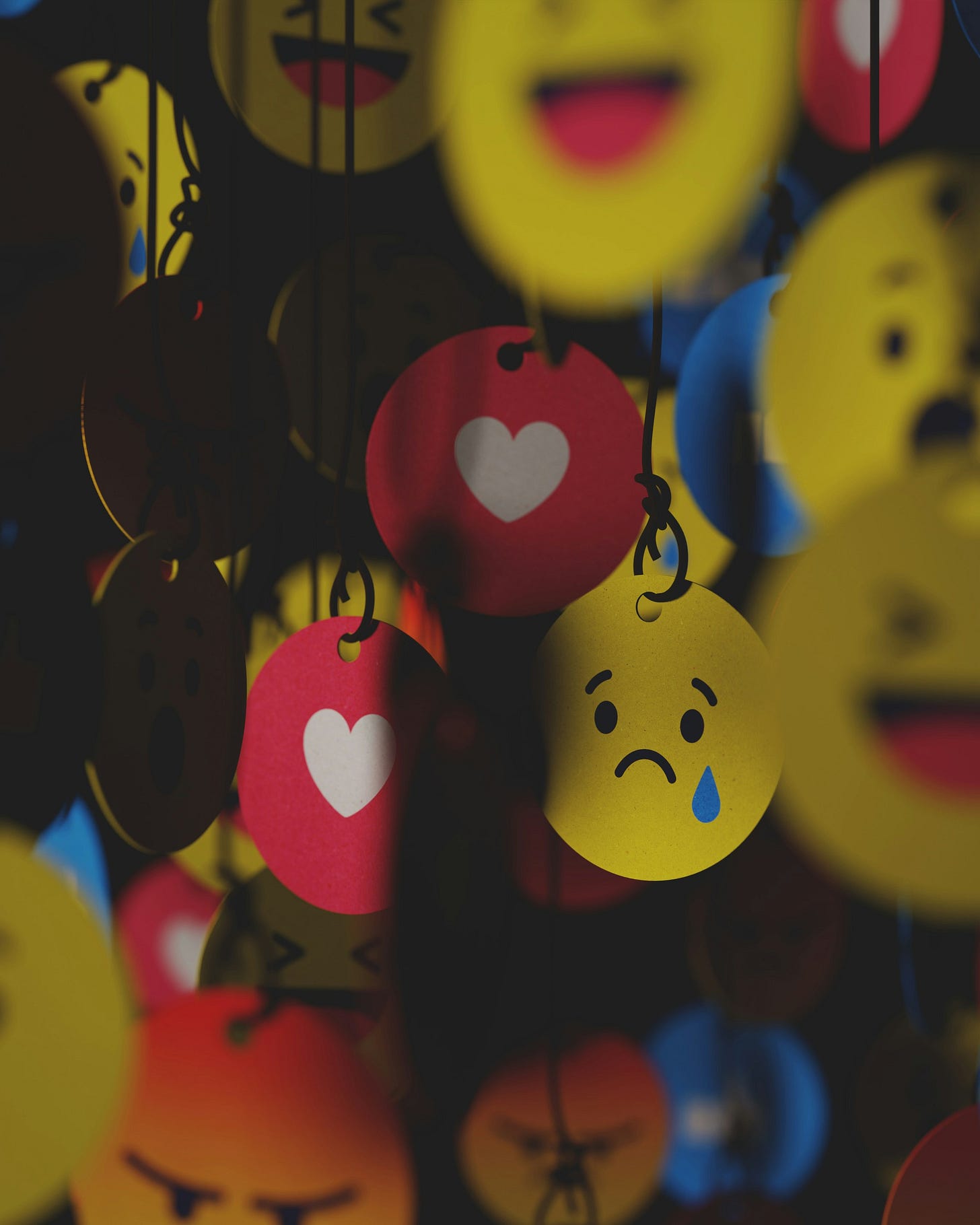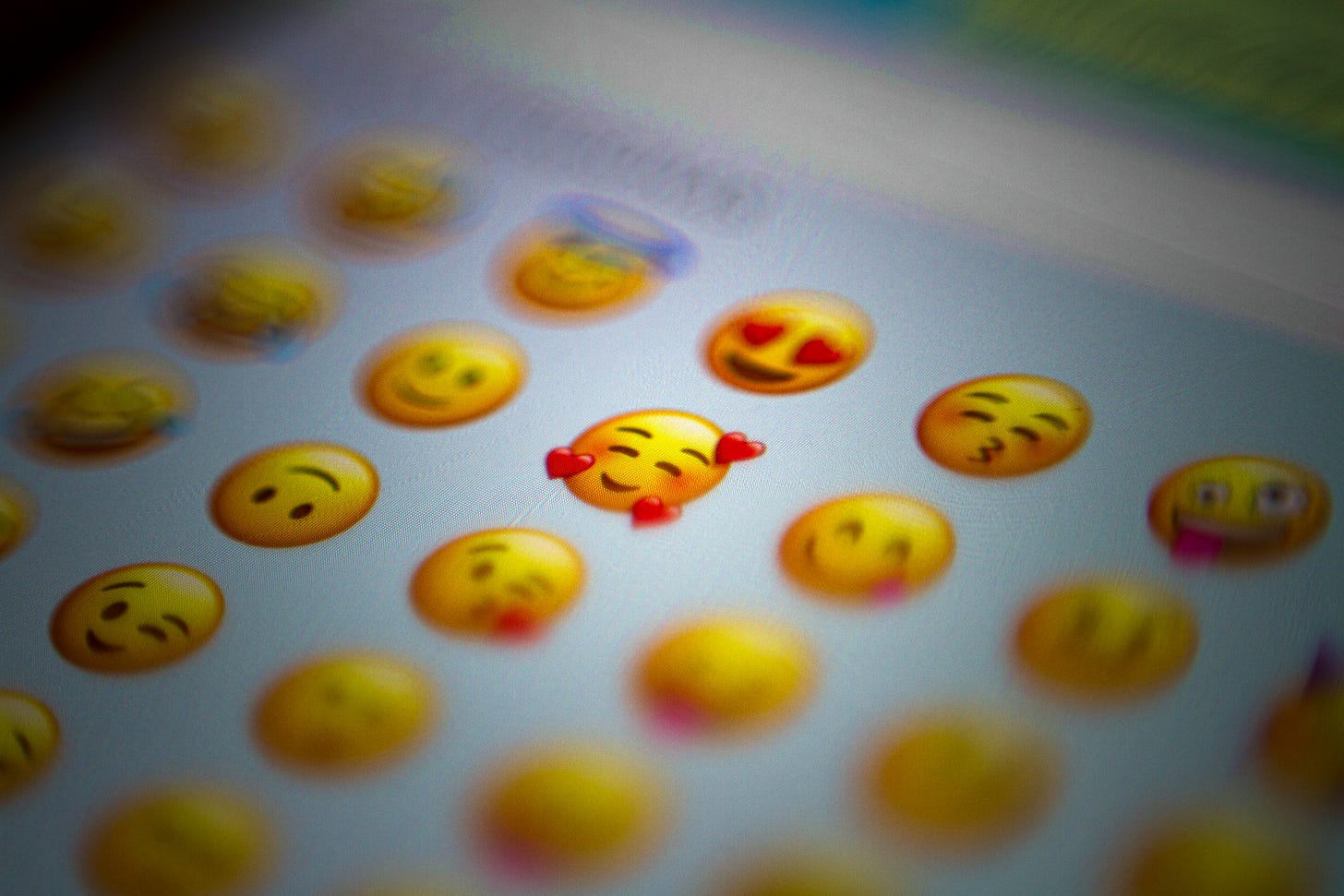Like everyone else around me, I thought that emojis came with a modern-day smartphone. Little did I know that there is a long story behind it dating over a decade ago. The origins of the modern-day "emoji" go back to the 1980s. I learned about emojis while listening to the last lecture on CS50. Wherein Jennifer 8. Lee is vice-chair of the Unicode Emoji Subcommittee, which is responsible for making recommendations relating to emoji to the Unicode Technical Committee.
This got me thinking as to how did we get to over 3,500 emojis standardized across the world. What goes behind getting an emoji out in the world and who decides which emojis should be allowed and which ones shouldn’t? These questions sent me down a rabbit hole, and I’m glad to say that I’ve found the answers.
So to start, how did we get so many emojis and who regulates them? To understand that we must go back to 1999. The Docomo symbol set in Japan was widely considered as the first instance of modern emojis. There was one problem there, each carrier had its own set of emojis. When Google and Apple entered the Japanese market they wanted a standard to be set. They went to an organization called UNICODE. At present UNICODE is the governing body for all emojis in the world.
Most multinational companies vote on each emoji proposal. These include Google, IBM, Apple and others. For UNICODE to agree to a new emoji they must follow certain factors.
Popular demand / Frequently requested
Multiple usages/meanings
Visual Distinctiveness
Filling a gap
Existing vendor compatibility
If all these requirements are met then after a rigorous process a new emoji will make its way to your phone after 18-24 months.
I hope you’ve found this informative and fun. For me, I’m gonna keep an eye out for any new emojis that may come. It’s fascinating how something we overlook every day has such a long and rich history.
That’s all the tech for this week. See you in the next one.
“Symbols are the language of something invisible spoken in the visible world”








